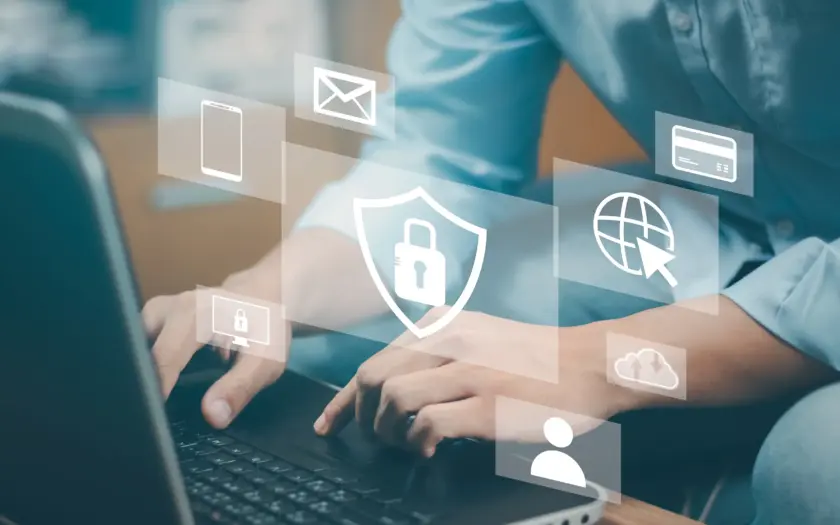In today’s digital world, data is the lifeblood of any organization. From customer information and financial records to intellectual property and trade secrets, sensitive data needs to be protected from unauthorized access, misuse, and theft. This is where data access control software steps in, acting as a gatekeeper to ensure that only authorized individuals can access specific information.
Think of it as a highly sophisticated lock system for your digital assets. Data access control software determines who is allowed to enter the building, which rooms they can access, and what actions they can perform once inside. This is critical not only for security purposes but also for compliance with regulations like GDPR, HIPAA, and CCPA, which mandate strict controls on how personal and sensitive data is handled.
Why is Data Access Control Software Essential?
Imagine the chaos if anyone could access and modify critical data within your organization. Without proper controls, sensitive information could be leaked, altered, or even deleted, leading to financial loss, reputational damage, legal liabilities, and operational disruption.
Data access control software mitigates these risks by:
- Preventing unauthorized access: It ensures that only authorized individuals, based on their roles and responsibilities, can access specific data sets.
- Enforcing data governance policies: It translates your organization’s data access policies into enforceable rules within the software.
- Streamlining compliance: It helps meet regulatory requirements by providing an auditable trail of data access activities.
- Improving operational efficiency: It automates data access requests and approvals, reducing manual effort and potential bottlenecks.
How Does Data Access Control Software Work?
Data access control software typically employs a combination of authentication and authorization mechanisms:
- Authentication: This verifies the user’s identity, often through multi-factor authentication methods like passwords, biometrics, or security tokens.
- Authorization: Once the user’s identity is confirmed, the software determines the level of access they have based on predefined roles, permissions, and attributes.
For instance, a junior employee in the marketing department might have access to customer contact information but not to sensitive financial data. In contrast, a senior finance executive would have broader access privileges.
Key Features to Look for in Data Access Control Software
The market offers a wide range of data access control solutions, each with varying features and capabilities. When choosing a solution, consider the following factors:
- Granular access control: The ability to define access permissions at a very detailed level, such as specific files, fields, or even rows within a database.
- Centralized management: A central console to manage and monitor data access policies across the entire organization.
- Integration with existing systems: Seamless integration with your current IT infrastructure, including databases, applications, and cloud services.
- Automated provisioning and de-provisioning: Automatic granting and revoking of access rights based on user roles and status changes.
- Real-time monitoring and auditing: Comprehensive logs and reports to track data access activities and identify potential security breaches.
- Scalability and flexibility: The ability to adapt to your organization’s changing needs and growth.
Real-World Applications of Data Access Control Software
Data access control software is used across various industries and sectors:
- Healthcare: Protecting patient data and ensuring compliance with HIPAA regulations.
- Finance: Safeguarding financial records and preventing fraud.
- Government: Securing sensitive information and complying with data privacy laws.
- Education: Controlling access to student records and academic resources.
- Technology: Protecting intellectual property and source code.
My Experience with Data Access Control Software
In my previous role as a security consultant, I helped numerous organizations implement data access control solutions. One particular case involved a large financial institution struggling to manage access to sensitive customer data spread across multiple systems. By implementing a centralized data access control platform, we were able to streamline access management, improve compliance, and significantly reduce the risk of data breaches.
Data access control software is no longer a luxury but a necessity in today’s data-driven world. By investing in the right solution, organizations can safeguard their valuable assets, maintain compliance, and build trust with their customers and stakeholders.

